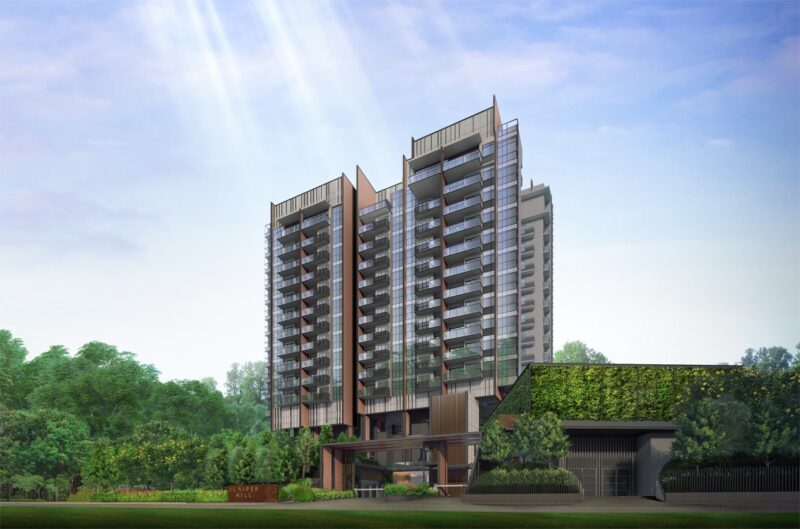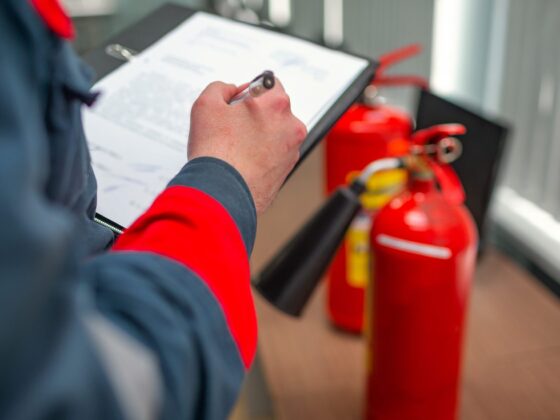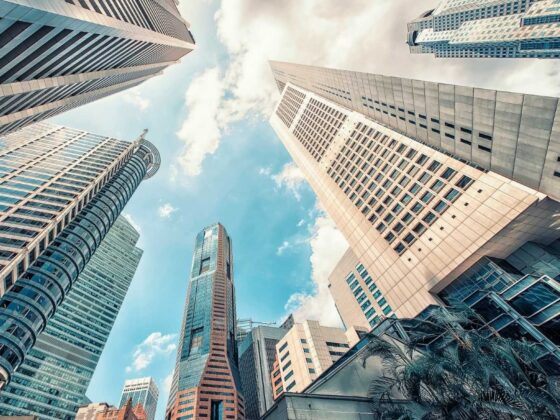Urban renewal has become one of the key engines behind Singapore’s real estate growth. As older neighborhoods are revitalized with new infrastructure, mixed-use developments, and improved amenities, investors recognize the potential for long-term capital appreciation. This process keeps the city vibrant, sustainable, and responsive to the needs of modern living.
1. Revitalizing Mature Districts for Modern Demand
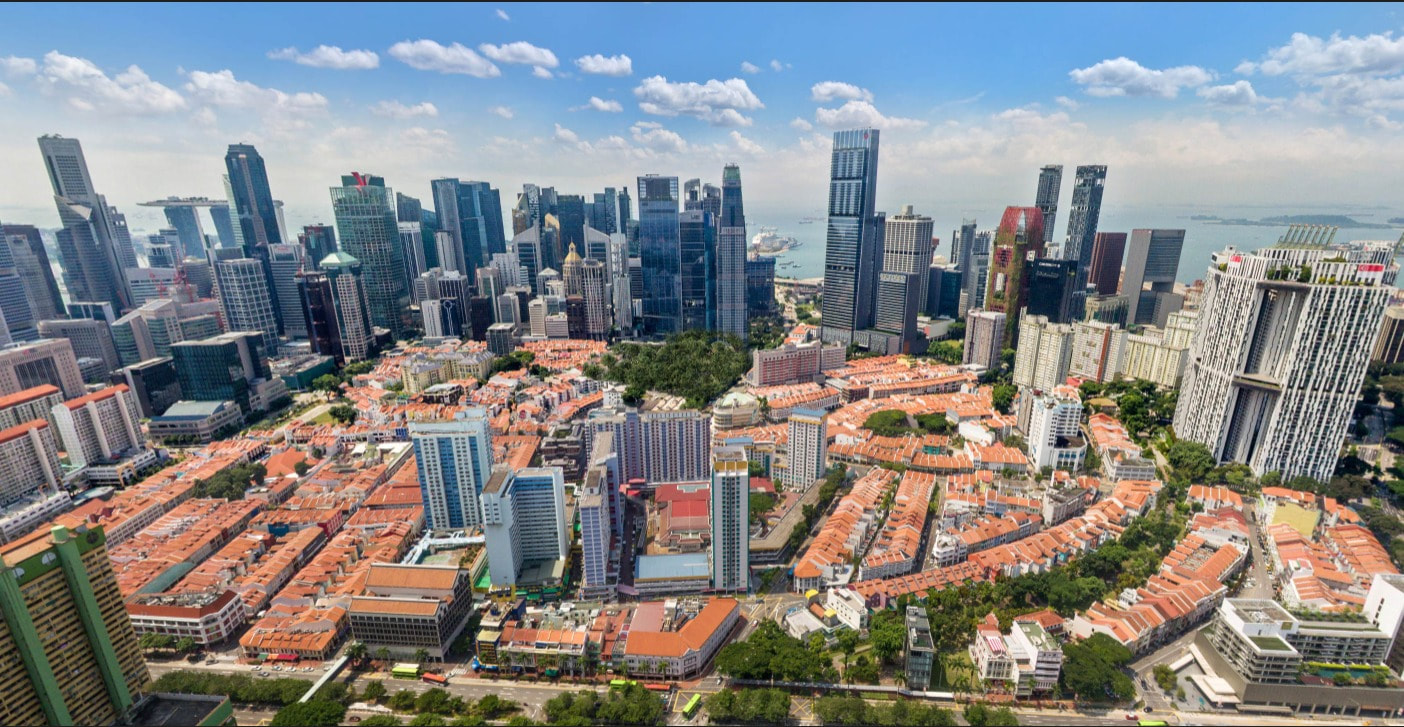
Robertson Opus exemplifies how urban renewal transforms established districts into high-value investment zones. Projects like this breathe new life into areas once dominated by aging buildings, turning them into modern, well-connected neighborhoods that attract residents and businesses alike.
The government’s continuous effort to redevelop mature estates ensures that older districts remain competitive. Initiatives under the Urban Redevelopment Authority (URA) and Housing & Development Board (HDB) focus on upgrading facilities, improving connectivity, and introducing green spaces that enhance livability.
For investors, this means renewed interest and rising property values in rejuvenated locations. Urban renewal not only improves aesthetics and convenience but also injects confidence into the market by showcasing the nation’s long-term planning vision.
2. Infrastructure and Connectivity as Catalysts for Growth

Infrastructure plays a vital role in driving real estate performance in renewed areas. The addition of MRT lines, pedestrian-friendly zones, and commercial centers stimulates both residential and commercial demand. Properties near these enhancements often experience higher price appreciation and stronger rental demand.
Projects like Robertson Opus benefit directly from these developments. With its proximity to major transportation routes and lifestyle hubs, it stands as an example of how location and renewal work hand in hand to boost long-term value.
The ripple effect of infrastructure renewal extends to surrounding areas, promoting balanced growth across districts. As accessibility improves, property buyers and tenants are drawn to areas that combine modern comfort with established character, ensuring a steady cycle of demand.
3. Sustainable Development and Investor Confidence
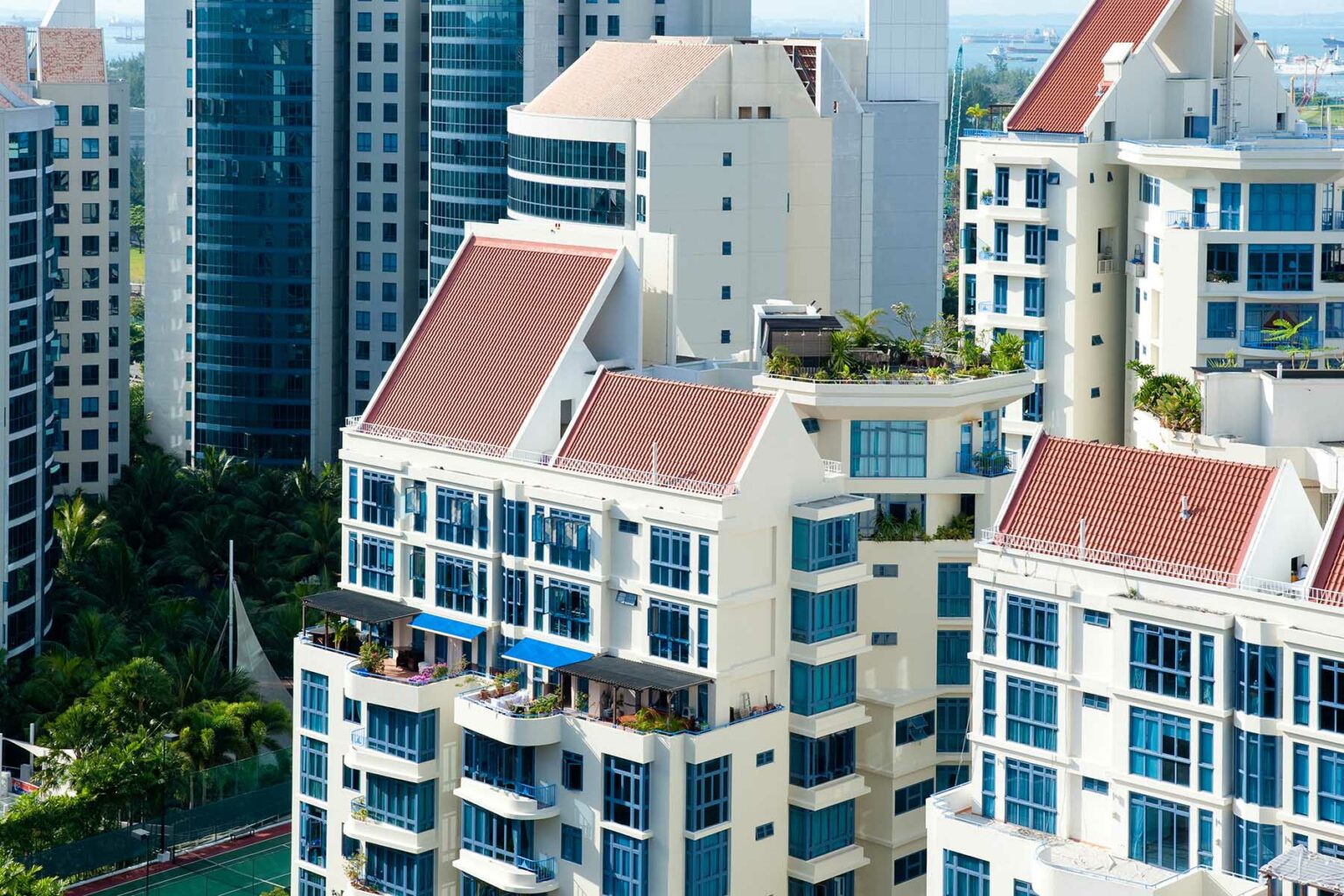
Urban renewal also emphasizes sustainability, aligning with Singapore’s goal of becoming a greener and more resilient city. Redeveloped districts incorporate energy-efficient systems, landscaped parks, and smart technology that improve environmental quality while reducing resource consumption.
For investors, this commitment to sustainability enhances both appeal and stability. Properties in these areas are more likely to retain value and attract buyers who prioritize eco-friendly living. The government’s clear roadmap for urban transformation ensures that these investments are supported by consistent policy and planning frameworks.
Furthermore, urban renewal projects often attract mixed-use developments that combine residential, commercial, and leisure spaces. This blend creates dynamic environments that foster community interaction while offering multiple revenue opportunities for investors.
Conclusion
Urban renewal continues to shape Singapore’s real estate landscape by unlocking value in mature districts and ensuring the city’s sustainable growth. Through careful planning, improved infrastructure, and a focus on livability, these projects deliver strong returns for both residents and investors.
Developments like Robertson Opus highlight the success of this approach—transforming heritage-rich neighborhoods into modern, vibrant, and future-ready communities. As Singapore evolves, urban renewal will remain a central pillar of its real estate investment strategy.
